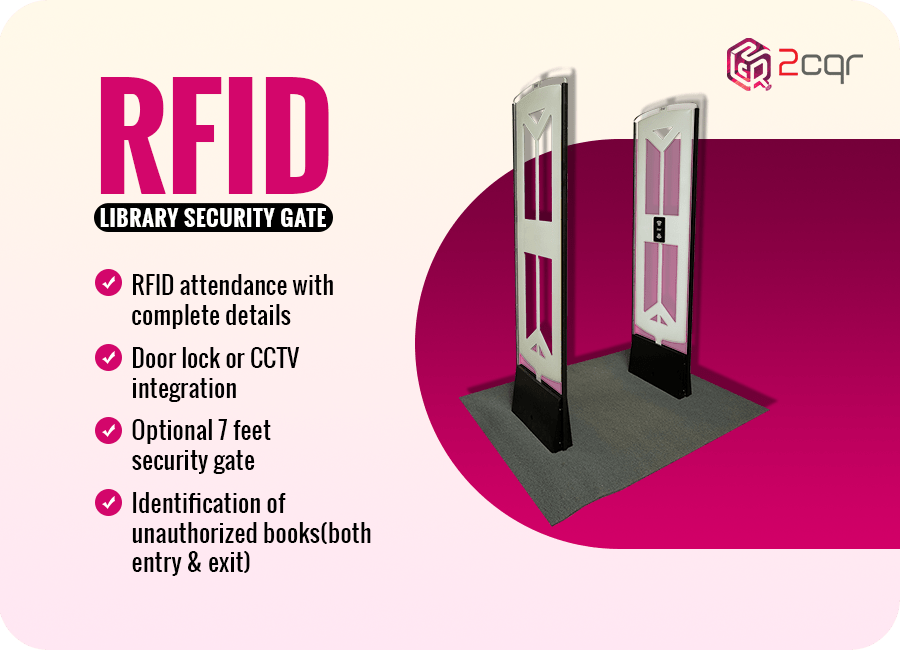
RFID (Radio Frequency Identification) is a powerful technology that revolutionises library management by automating processes and reducing the reliance on staff.
However, to fully leverage the potential of RFID technology in libraries, it is crucial to understand how to effectively implement and utilise this technology.
Here are the essential steps to follow for successful implementation:
Evaluate the Size, Needs, and Challenges of Your Library: Begin by assessing the size of your library, along with its specific needs and challenges such as asset tracking, inventory management, automate shelving once the books gets returned.
This evaluation will help you design customised RFID solutions that align with your library’s requirements, ensuring optimal functionality and efficiency.
Choose High-Quality RFID Tags: Selecting the right RFID tags is critical for seamless library operations that is possible by considering the factors such as frequency, read range, and tolerance to different environmental conditions to avoid tag interference.
High-quality tags will ensure accurate and reliable tracking of library resources.
Install RFID Tags on Every Resource: To maximise the benefits of RFID technology in libraries, install RFID tags on every resource in your library.
Ensure that each tag is properly aligned with the direction of the reader antenna for optimal readability and efficient scanning.
Install RFID Infrastructure: Set up a comprehensive RFID infrastructure within your library that includes strategically placing RFID readers throughout the library, implementing security gates, self-service kiosks, drop boxes, automated shelving systems, and middleware for seamless data integration.
Check Compatibility and Ensure Smooth Integration: Check the compatibility of your existing library databases with the RFID system to ensure smooth integration and make any necessary arrangements for additional devices or software.
So that you can avoid additional expenses, rework along with ensuring that the RFID system works with your library’s existing systems.
Train Staff for Effective Management: Provide comprehensive training to your staff to familiarise them with RFID technology, its operations such as how to use RFID readers to scan the data.
Also focus on how to perform the various operations and functionality that will empower them to make full use of the system, resulting in efficient library management and improved user experiences.
Stay Updated with RFID Advancements: Technology is constantly evolving, and RFID is no exception. Stay informed about the latest advancements and innovations in RFID technology and it will enable you to upgrade your system periodically, ensuring it continues to meet your library’s changing needs and stays at the forefront of library management practices.
By following these steps, you can unlock the true potential of RFID technology in libraries. Streamline your library’s operations, enhance user experiences, and embrace the efficiency and convenience that RFID brings to library management.


